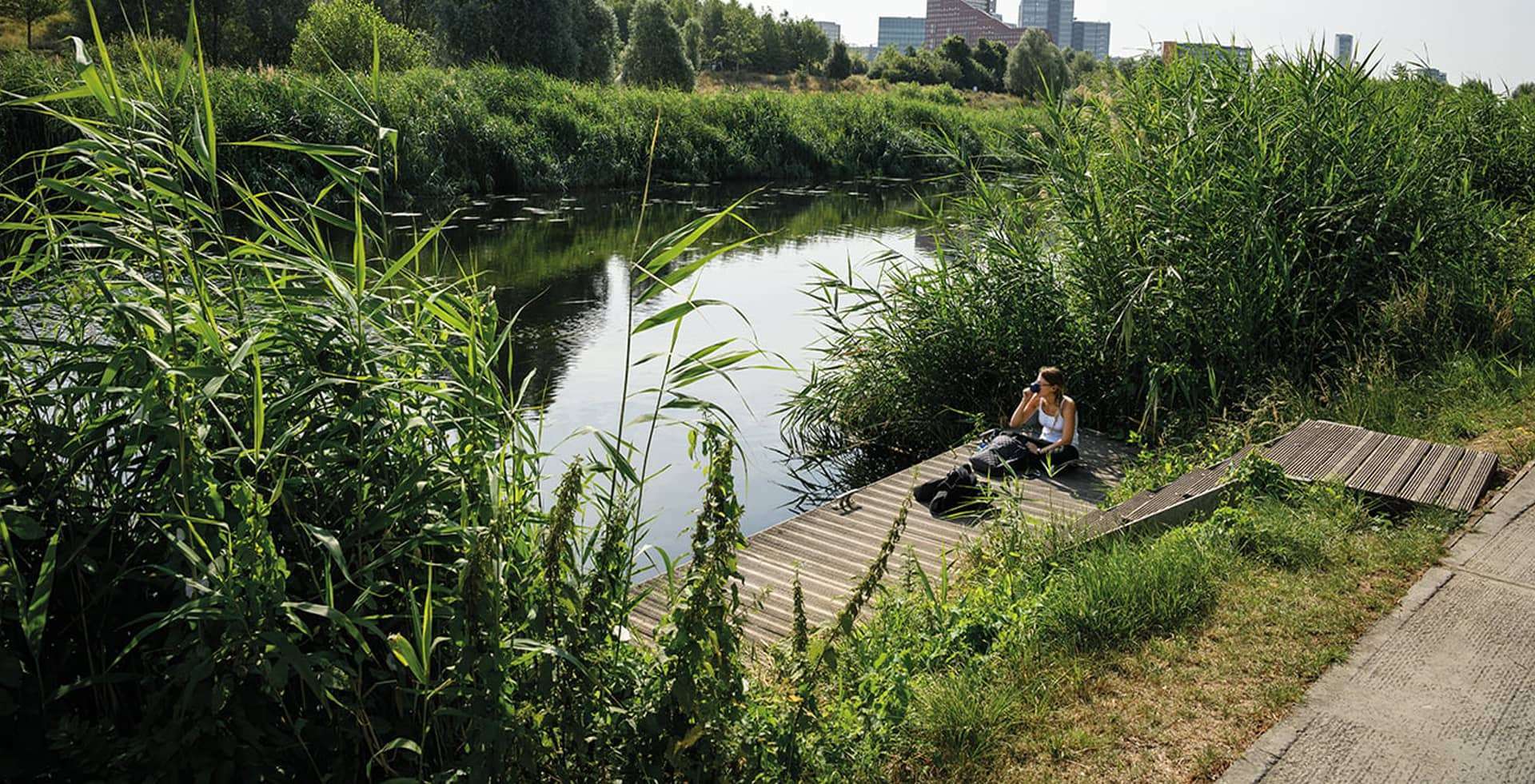Of all the organisations that have to work with The Environment Act 2021, the greatest challenge and obligation fall on the local planning authorities for sustainable development. Developers and landowners apply the new law to specific projects but local planners must know every aspect of the law and planning policy. Civity has an ecology consultant who has followed every stage of the framing and passing of the Act and is, therefore, fully qualified to advise and support local planning authorities. For expert guidance on biodiversity net gain, consider consulting a Biodiversity Net Gain Company.
The Environment Act demands a biodiversity net gain plan that covers the adverse impacts on habitats on the development site and how onsite or offsite Biodiversity Units can offset them.


Key to Biodiversity Net Gain

Minimum 10% gain in Biodiversity Metric units on development sites.

Habitat must be secured for 31 years.

Biodiversity Units scheme can be delivered onsite or offsite. (See below)

Habitats must be entered on the National Register for net gain delivery sites.
Biodiversity Net Gain applies to all types of developments, from residential housing to nuclear power stations, with a few exceptions. This applies to most projects but small projects from April 2024 and National Infrastructure projects from 2025.


Local authorities have political and financial reasons for preferring the biodiversity gain to be onsite or within the local authority’s jurisdiction. However, Biodiversity Units may be acceptable further afield if necessary. Some authorities may register their own land for biodiversity purposes. However, the land can only be used for offsite units subject to compliance with their own policies and other legislative requirements.
Planning applications must include full information on the steps taken, or to be taken, to minimise the adverse effect of the development on the on-site habitat and any other habitat included in the biodiversity gain plan over a period of 31 years.
Where a development cannot achieve a Biodiversity Net Gain either wholly or partly on site, the developer can secure a local net gain habitat market from other landowners or landbanks.

What is allowable

A Biodiversity Net Gain Plan must be submitted before the start of development.

Approved providers on the National Register can only issue Biodiversity Units.

Biodiversity Net Gain may not be required in the case of an individual householder’s application until April 2024 (dependent on size).

Consideration of an application must consider the risk of delay to the creation of the maintenance/enhancement of the habitat.

The Biodiversity Metric is a habitat-based approach that focuses on habitat, hedgerow and river values and does not include species-specific enhancements like bat/bird boxes. It is the only acceptable measure.



… and what is not allowable:

If the Biodiversity Net Gain site is degraded after approval, the local planning authority can seek compensation for the difference.

Local authorities should not direct developers to buy Biodiversity Units from them in preference to other ecologically-equivalent suppliers.

Local Authorities will not be able to operate a tariff system for the delivery of offset gains which are not registered and allocated to developments under mandatory Biodiversity Net Gain.


Civity’s expertise and services offer vital support to local authorities in achieving Mandatory Biodiversity Net Gain. Our role revolves around guiding and advising developers and landowners to understand the principles, protocols and benefits of delivering Biodiversity Net Gain. Apart from being approved to offer Biodiversity Units when required, we can also help developers assemble all the required documentation and information so their application for planning permission for their development site is complete. This ensures Local Planning Authority’s time is not wasted. We have in-depth experience working hand-in-hand with local planning authorities and developers from our extensive backgrounds as ecological consultants.
It depends on:
In the first place, the relevant local planning authority will need to be satisfied that the Biodiversity Metric has been properly applied, especially in cases of nationally significant infrastructure projects. The developer has up to 12 months to start and may need to update the metric calculations if the site has changed. The developer may need to replace the lost value of the habitat creation in order to reach the mandated 10% gain. The biodiversity metric should take into account reasonable delay.
If the damage to the development site habitat is permanent, the local authorities may seek compensation from the developer who caused the delay.
No. Monitoring should have been built into the agreement with the developer and should be set out in the Biodiversity Gain Plan.
However, if the developer bought the Biodiversity Units, the onus falls on the seller (not necessarily on the landowner). If Civity sells the Biodiversity Units, then Civity becomes responsible for the preservation and maintenance of the habitats for the full BNG 30-year term. This will include the production of timely monitoring reports that detail the progress and results of habitat management works.
BS 8683 sets out the Good Practice to deliver Biodiversity Net Gain making a positive contribution to the Good Practice paper by The Chartered Institute of Ecology and Environmental Management (CIEEM). It is aimed at the practical issues that face procurement, contracting, project management, EIA coordination, environmental and sustainability management, landscape architects, land agents, estate managers and biodiversity offset brokers like Civity.
Civity staff are active members of the Chartered Institute of Ecology and Environmental Management (CIEEM) who’s strict rules demand an honest, responsible and ethical approach to their work, ensuring that the partnership is in line with local nature recovery strategies and community values.


Please contact us if you’d like to initiate a conversation regarding your Biodiversity Net Gain requirements as a Local Authority.

3a Orbis Wharf,
Bridgers Court Road,
SW11 3GW
Manage by Growth4Trades
Automated page speed optimizations for fast site performance